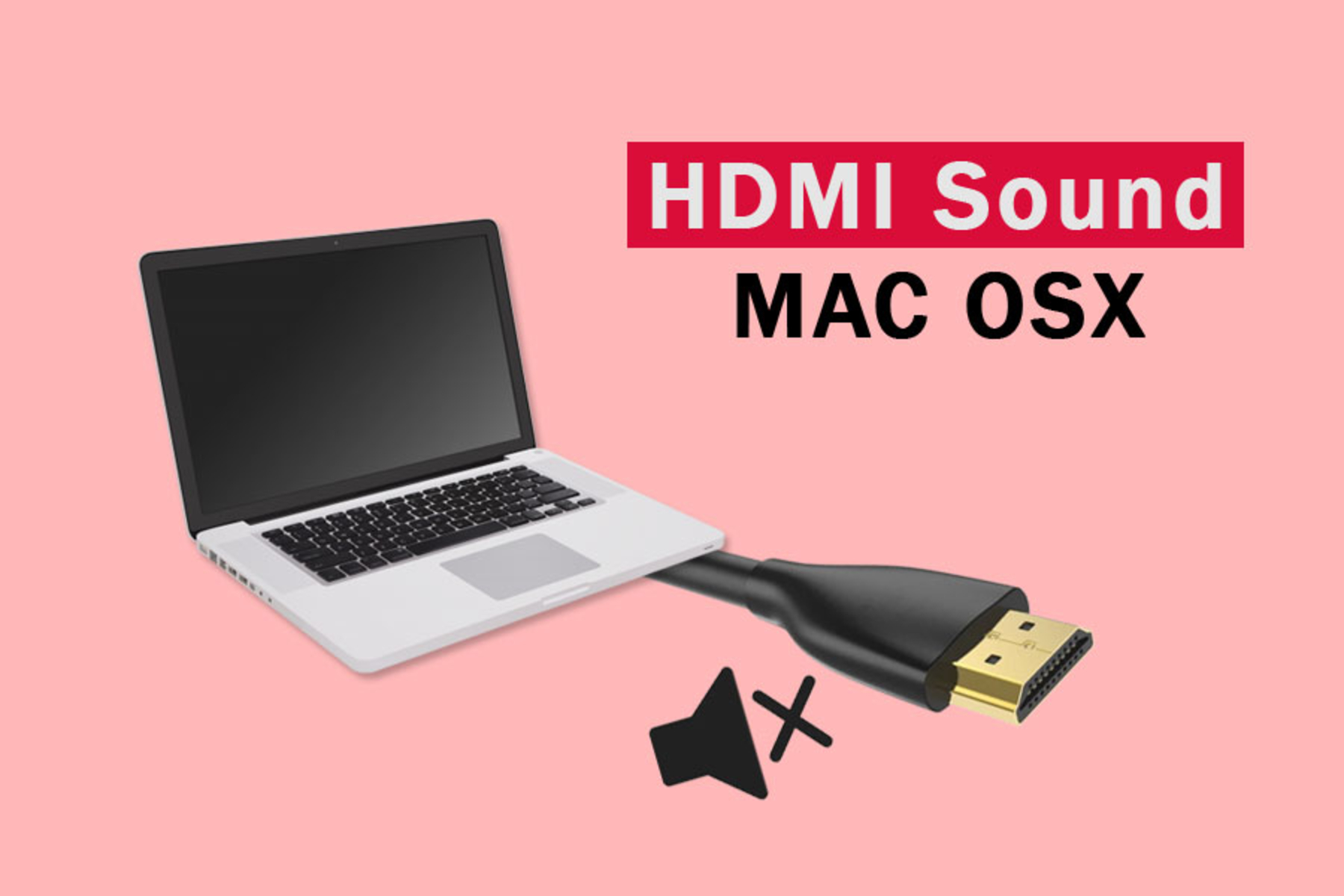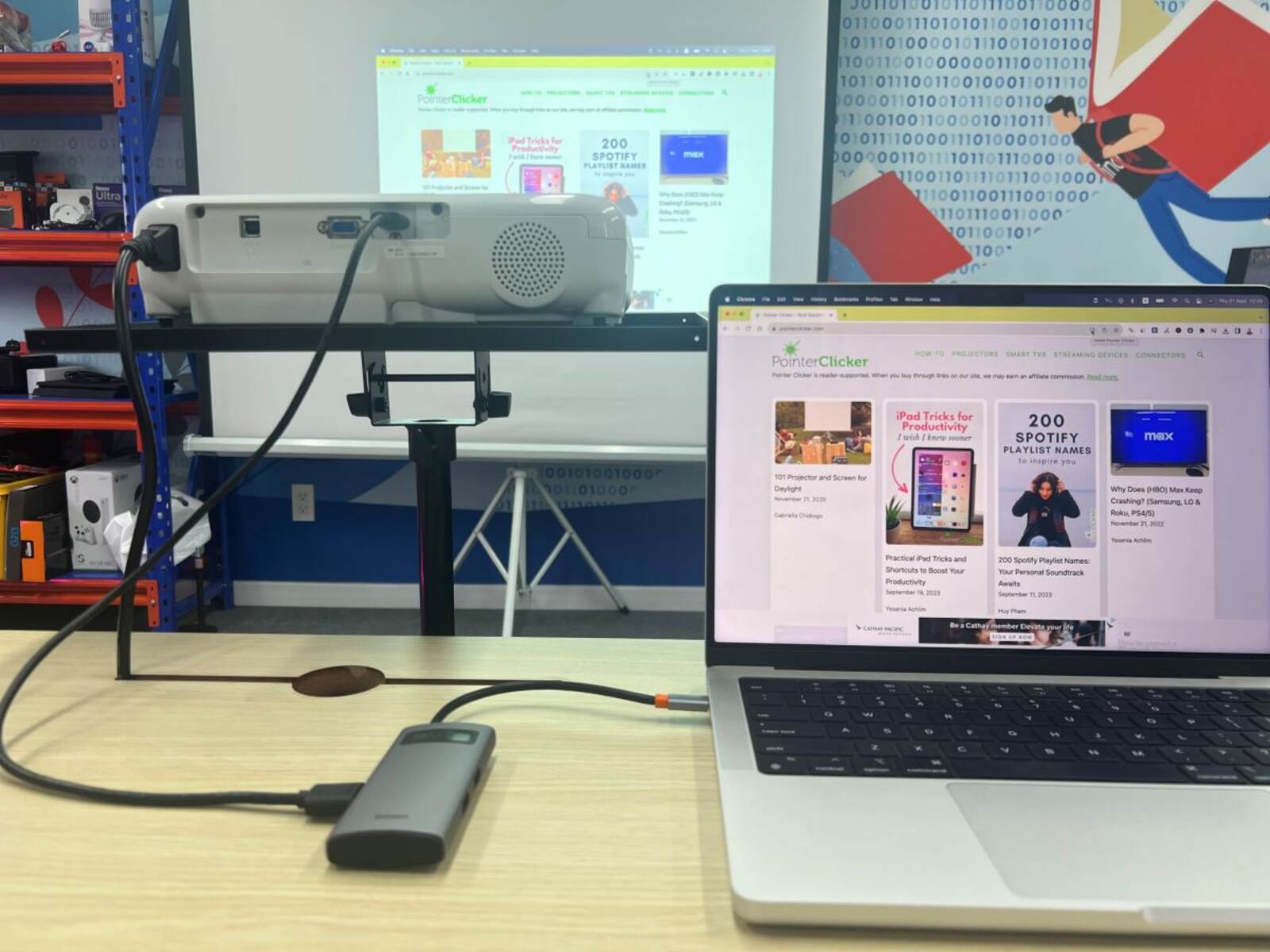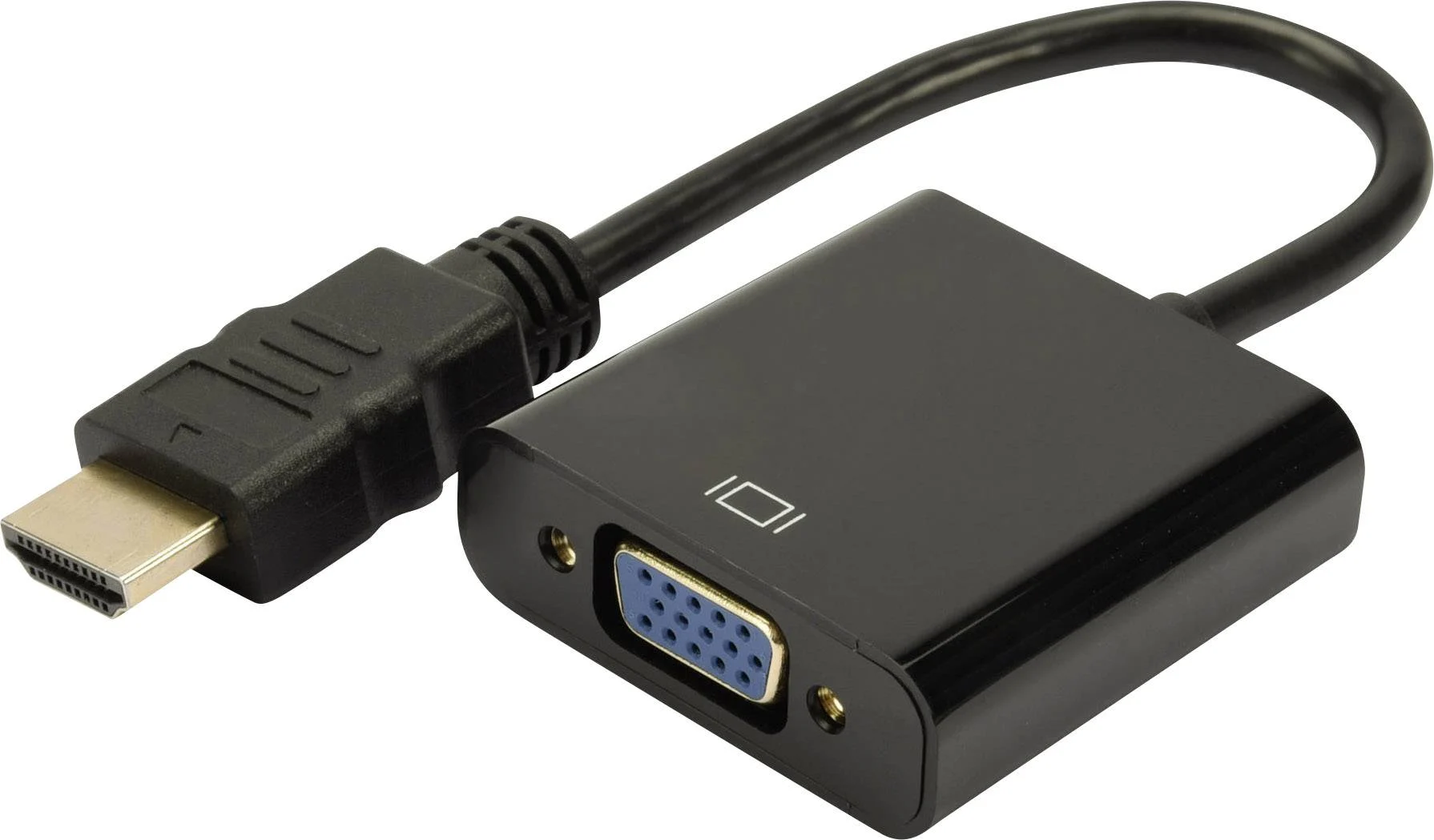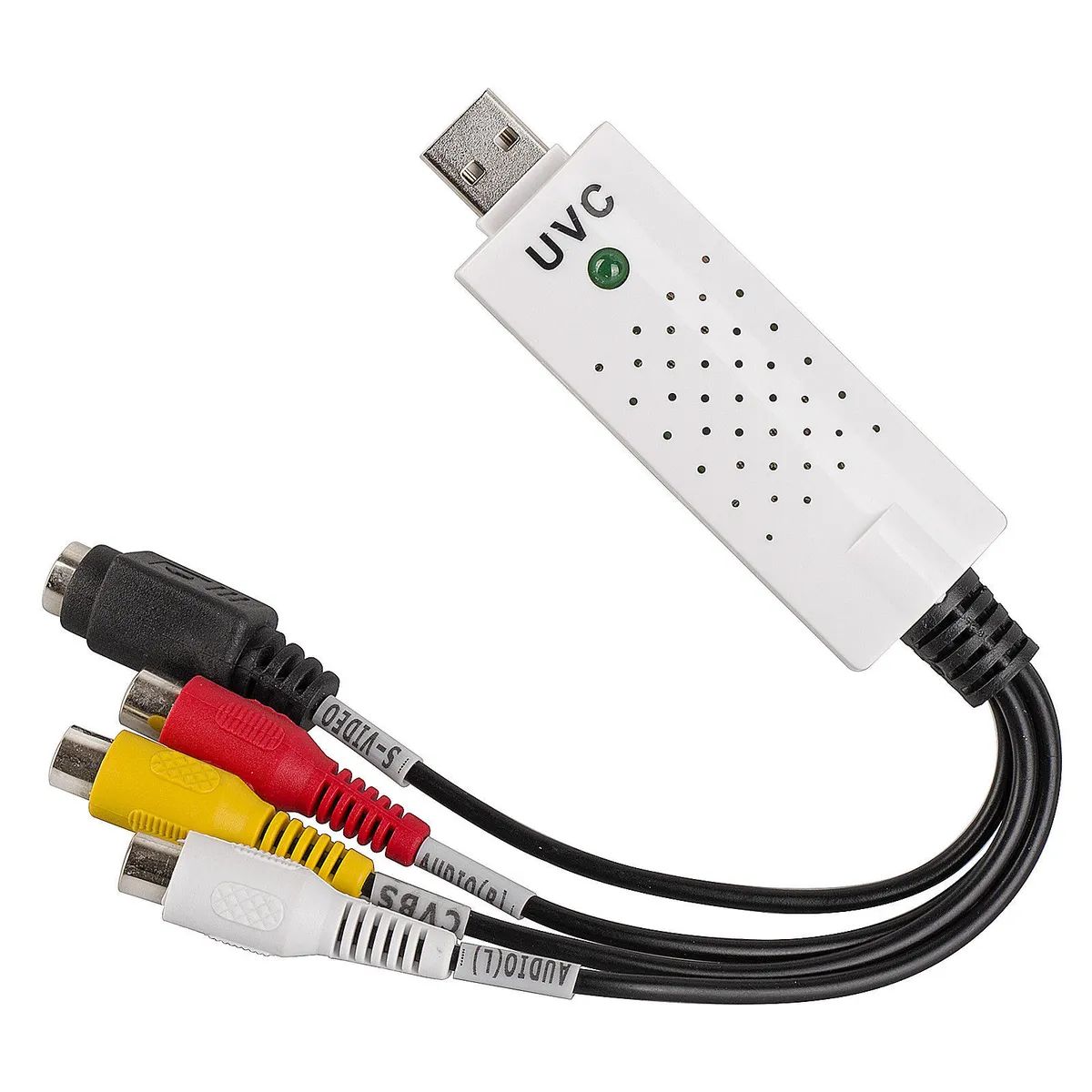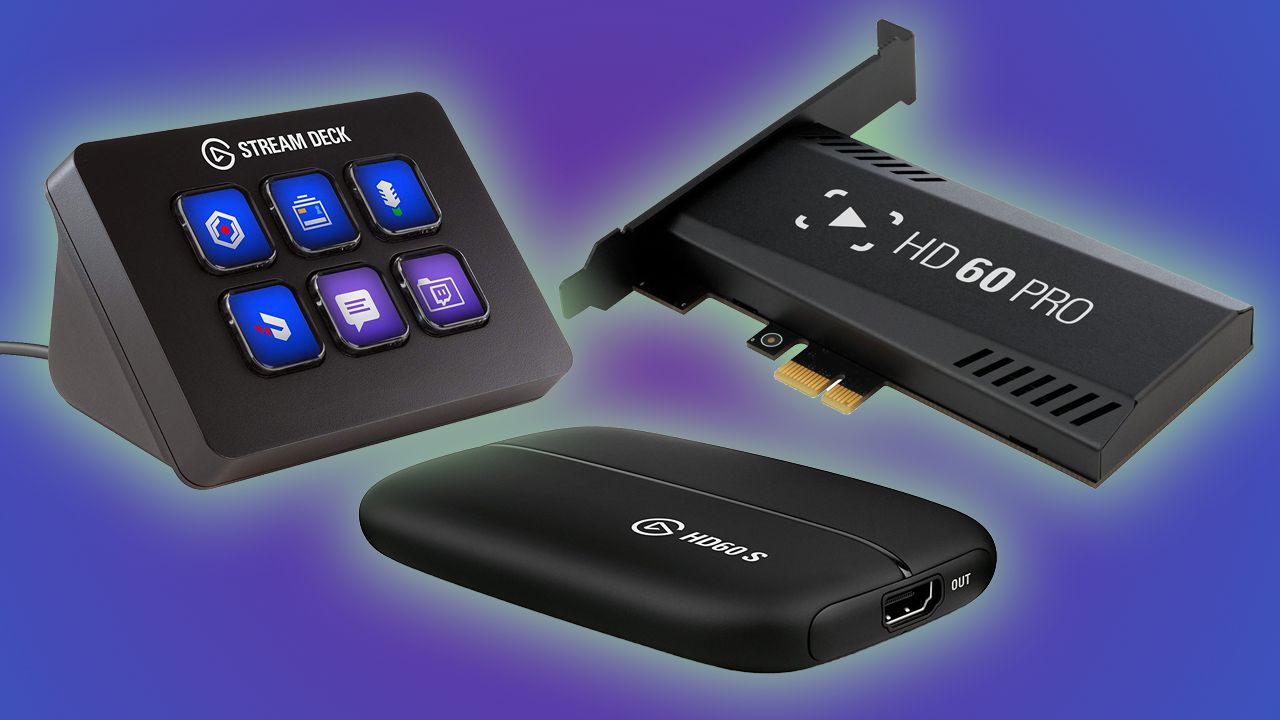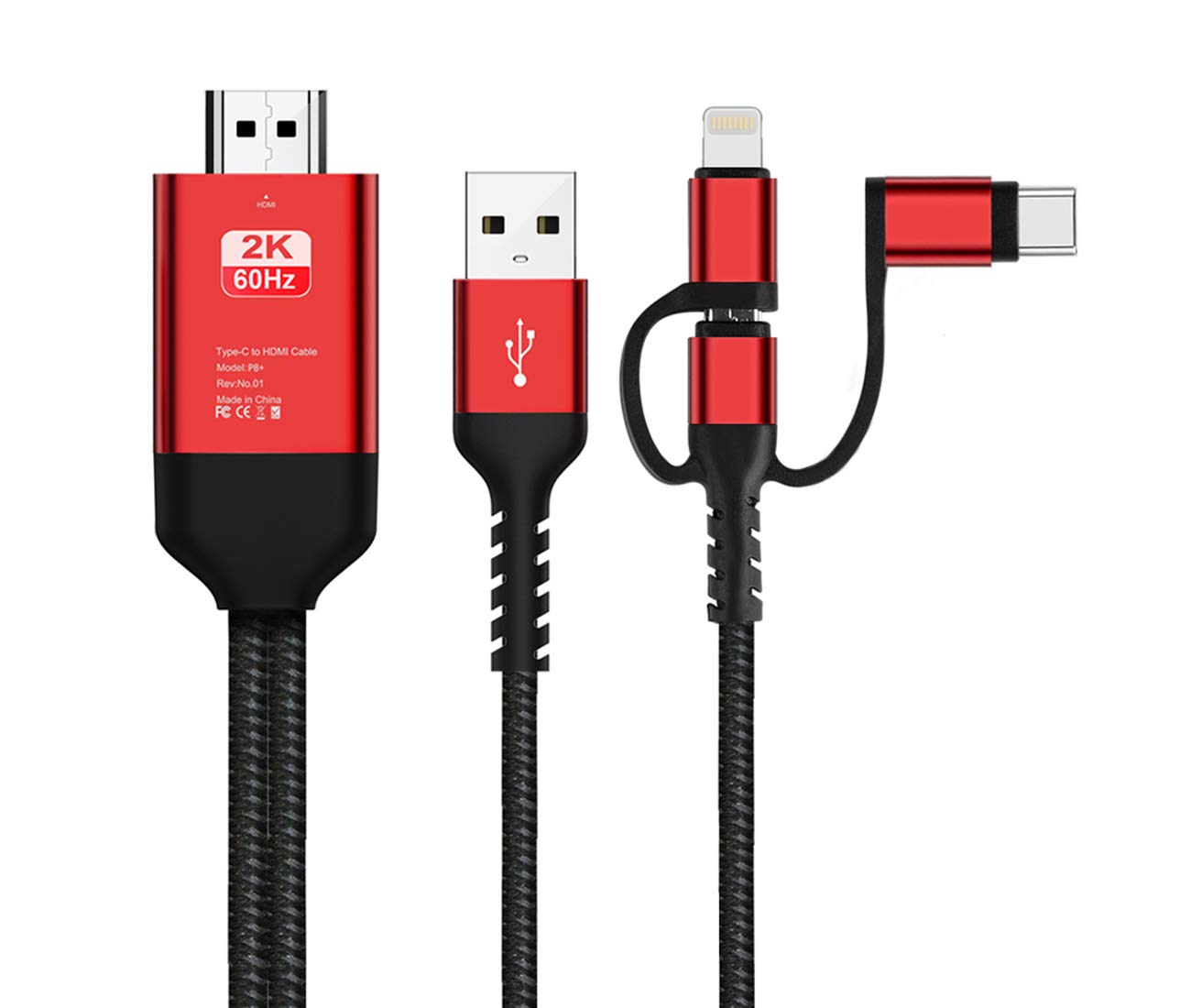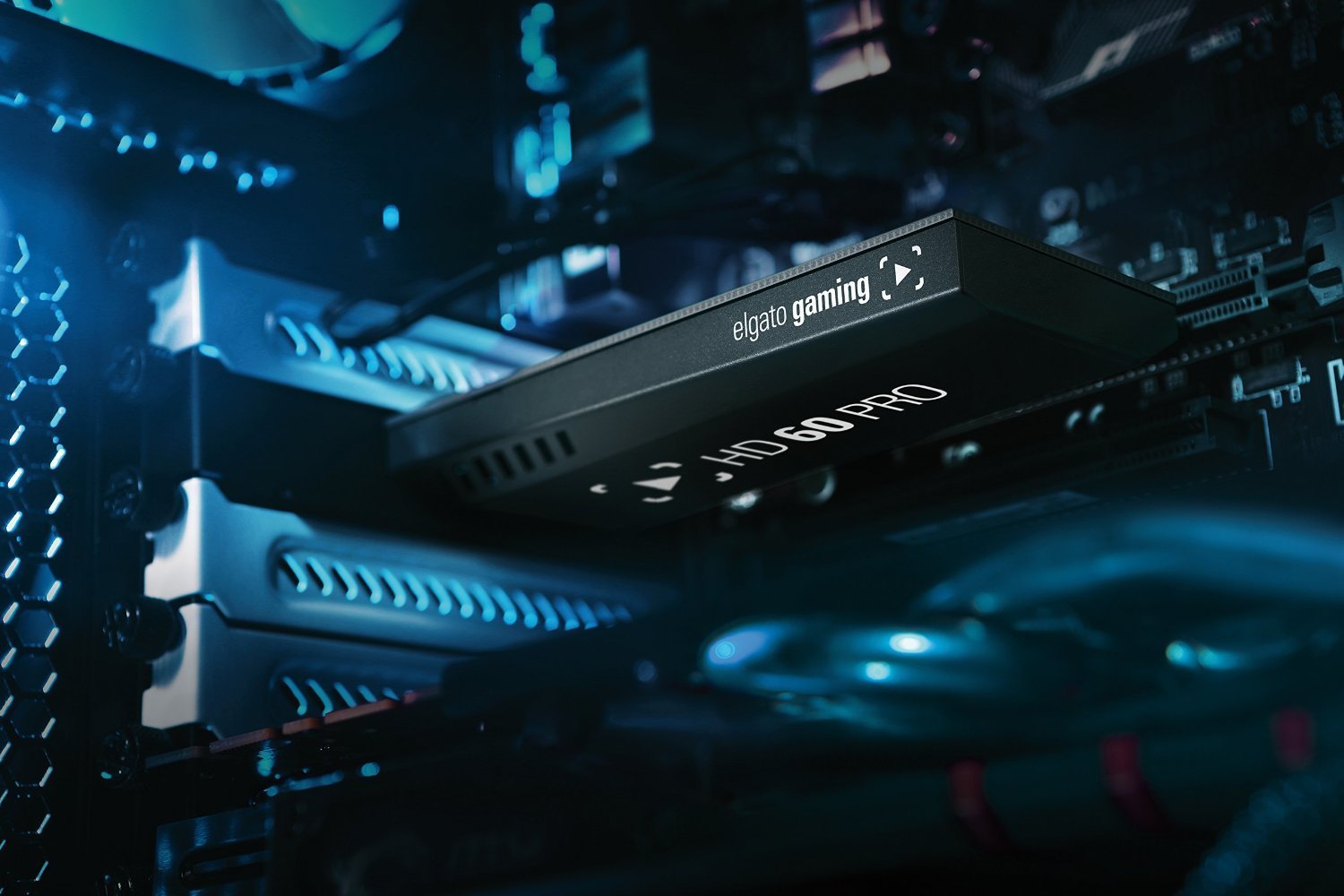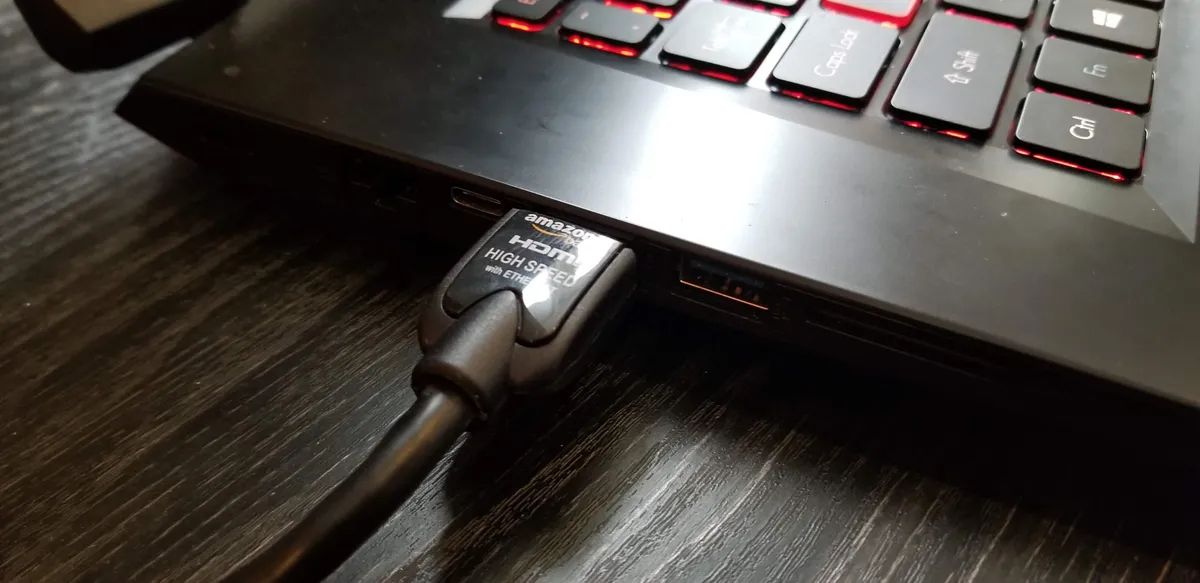Introduction
Connecting your Mac to an external display through HDMI is a convenient way to extend your desktop or enjoy media on a bigger screen. However, it can be frustrating when you encounter issues with sound not playing through the HDMI connection.
Sound is an integral part of our multimedia experience, and it is essential to have it working correctly when using HDMI on your Mac. Whether you are trying to watch videos, stream music, or play games on a larger display, having sound issues can greatly diminish the overall experience.
In this article, we will explore some troubleshooting steps to help you get sound to play through HDMI on your Mac. We will cover various possible causes for the sound issue and provide step-by-step instructions to resolve them.
It’s important to note that the troubleshooting steps may vary slightly depending on the macOS version and the specific Mac model you have. Therefore, we will provide general instructions that should work for most Mac users. However, if you encounter any difficulties or have a unique setup, it is always recommended to consult the official Apple support resources for further assistance.
Now, let’s dive into the troubleshooting process and get your sound working through HDMI on your Mac!
Why is there no sound on my Mac when connected to HDMI?
Experiencing no sound on your Mac when connected to HDMI can be caused by a variety of factors. Understanding the possible reasons behind this issue can help you identify the appropriate solution. Here are a few common causes to consider:
- Incorrect sound output setting: Your Mac might be set to use a different audio output device by default, such as the internal speakers or headphones. This can cause no sound to play through HDMI.
- Outdated software: If your Mac’s software is outdated, it may lack the necessary drivers or updates to properly recognize and utilize the HDMI audio output.
- Volume settings: It’s possible that the sound is muted or turned down either on your Mac or the connected TV or display.
- Faulty HDMI cable: A faulty or damaged HDMI cable can prevent the transmission of audio signals, resulting in no sound output.
- System glitches: Like any technology, your Mac may experience glitches or temporary errors that can disrupt the audio output via HDMI.
By understanding these potential causes, you can narrow down the troubleshooting steps and effectively resolve the issue. In the following sections, we will guide you through the necessary steps to troubleshoot each of these possible causes and get sound to play through HDMI on your Mac again.
Check your sound settings
The first step in troubleshooting the lack of sound on your Mac when connected to HDMI is to check your sound settings. Here’s how:
- Click on the Apple menu in the top-left corner of the screen and select “System Preferences.”
- Click on the “Sound” icon in the System Preferences window.
- Go to the “Output” tab and ensure that the HDMI output is selected as the audio output device. It should be listed as “HDMI” or something similar.
- Make sure the volume is turned up and not muted.
- Try adjusting the balance slider to see if the sound is only coming out of one speaker.
- If the HDMI option is not available or you are unable to select it, try the following:
- Click on the “Sound Effects” tab.
- Select a different alert sound or play a sample sound to see if you can hear any audio.
- Switch back to the “Output” tab and check if the HDMI option becomes available.
If you have followed these steps and still cannot hear any sound through HDMI, it is advisable to move on to the next troubleshooting step.
Keep in mind that the options and settings may vary slightly depending on the macOS version and Mac model you have. If you encounter any difficulties or notice any differences, refer to the official Apple support documentation or website for more specific instructions.
Update your Mac’s software
Updating your Mac’s software is an important step in troubleshooting sound issues when connected to HDMI. Outdated software can cause compatibility issues and prevent the correct functioning of the audio output. Here’s how to update your Mac:
- Click on the Apple menu in the top-left corner of the screen and select “System Preferences.”
- Click on “Software Update” to open the macOS Software Update window.
- If any updates are available, click on the “Update Now” button to start the update process. Make sure your Mac is connected to the internet for the update to proceed.
- Follow the on-screen instructions to download and install the software update.
- Once the update is complete, restart your Mac to ensure that the changes take effect.
Updating your Mac’s software not only addresses any audio-related bugs or issues but also improves the overall performance and security of your system. It is recommended to regularly check for software updates to ensure that your Mac is running on the latest version.
If you have updated your Mac’s software and are still experiencing no sound through HDMI, proceed to the next troubleshooting step.
Note that the steps to update your software might slightly differ depending on the macOS version you are using. If you encounter any difficulties or need more specific instructions, refer to the official Apple support resources for further guidance.
Check the volume on your Mac and TV
When troubleshooting sound issues on your Mac connected to HDMI, it’s important to ensure that the volume is turned up and not muted on both your Mac and the connected TV or display. Follow the steps below to check the volume settings:
- On your Mac, locate the volume control on the menu bar at the top-right corner of the screen. Make sure the volume is turned up and not muted. You can adjust the volume by clicking on the volume icon and dragging the slider.
- On the TV or external display, locate the volume controls on the physical buttons or the remote control. Ensure that the volume is turned up and not muted. Refer to the user manual or the manufacturer’s website for specific instructions on adjusting the volume settings.
- If your TV or external display has multiple audio inputs, make sure it is set to the correct audio source, such as HDMI input.
- Try adjusting the volume on both your Mac and the TV to check if the sound comes through.
If the volume on both your Mac and TV are turned up and not muted, and you still don’t hear any sound through HDMI, move on to the next troubleshooting step.
Keep in mind that the volume controls on your Mac and TV might have different interfaces and settings depending on the macOS version and the TV model you are using. If you encounter any difficulties or need more specific instructions, refer to the official documentation or support resources provided by Apple and the TV manufacturer.
Check your HDMI cable
A faulty or damaged HDMI cable can result in no sound output when your Mac is connected to HDMI. To ensure that the HDMI cable is not causing the sound issue, follow these steps:
- Inspect the HDMI cable for any visible signs of damage, such as frayed wires or bent connectors. If you notice any damage, consider replacing the cable.
- Disconnect the HDMI cable from both your Mac and the TV or display.
- Blow off any dust or debris from the HDMI ports on your Mac and the TV or display.
- Reconnect the HDMI cable securely to both devices. Ensure that it is firmly plugged in without any loose connections.
- If possible, try using a different HDMI cable to check if the sound issue persists. This will help determine if the problem lies with the cable itself.
By checking and ensuring the integrity of your HDMI cable, you eliminate the possibility of a physical connection issue. If the problem still persists after using a different HDMI cable, proceed to the next troubleshooting step.
It’s worth noting that HDMI cables come in different versions, such as HDMI 1.4, HDMI 2.0, or HDMI 2.1. While most HDMI cables are backward compatible, using a newer version of the HDMI cable can potentially offer better audio and video quality. If you have an older HDMI cable, you might consider upgrading to a newer version for optimal performance.
If you’re unsure about the compatibility or quality of your HDMI cable, consult the manufacturer’s documentation or seek recommendations from reputable sources.
Restart your Mac and TV
Restarting your Mac and TV can often resolve minor glitches and issues that may be causing the lack of sound through HDMI. By performing a simple restart, you allow both devices to refresh their settings and establish a new connection. Here’s how:
- On your Mac, click on the Apple menu in the top-left corner of the screen.
- Select “Restart” from the drop-down menu and confirm your choice.
- Once your Mac has restarted, turn off your TV or display.
- Unplug the power cord from your TV or display and wait for about 30 seconds.
- Plug the power cord back into your TV or display and turn it on.
- Wait for your TV or display to fully power up.
- Reconnect your Mac to the TV or display using the HDMI cable.
After restarting both your Mac and TV, check if the sound is now playing through HDMI. If the issue persists, proceed to the next troubleshooting step.
Restarting your devices might seem like a simple solution, but it can often resolve temporary software or connectivity problems. It is recommended to perform this step whenever you encounter any audio or visual issues with your Mac and HDMI setup.
If you notice that the sound intermittently cuts out or becomes distorted over time, consider restarting your devices periodically to maintain optimal performance.
Reset the NVRAM/PRAM on your Mac
Resetting the NVRAM (non-volatile random-access memory) or PRAM (parameter random-access memory) on your Mac can help resolve sound issues that persist when connected to HDMI. The NVRAM/PRAM stores certain settings and preferences that can affect the overall functionality of your Mac, including sound. Here’s how to reset it:
- Shut down your Mac by clicking on the Apple menu and selecting “Shut Down.”
- Once your Mac is completely powered off, press the power button to turn it on.
- Immediately press and hold the Command + Option + P + R keys on your keyboard.
- Continue holding the keys until you hear the startup sound for the second time, then release the keys.
- Your Mac will restart. You can now release the keys.
After resetting the NVRAM/PRAM, reconfigure any customized settings, such as the display resolution or startup disk preference, that you may have changed before the reset.
Once your Mac has fully restarted, reconnect it to the TV or display using the HDMI cable and check if the sound is now playing through HDMI. If the issue persists, proceed to the next troubleshooting step.
Resetting the NVRAM/PRAM is a safe troubleshooting step that can help resolve various hardware-related issues, including sound problems. However, note that this process will reset some system-level settings, so you may need to reconfigure certain preferences after performing the reset.
If resetting the NVRAM/PRAM does not resolve the sound issue, there may be other factors at play. It’s best to continue with the following troubleshooting steps or consult official Apple support resources for further assistance.
Use the Audio MIDI Setup utility
If you’re still experiencing no sound through HDMI on your Mac, using the Audio MIDI Setup utility can help further troubleshoot and configure your audio settings. Follow these steps:
- Open the Finder on your Mac and navigate to the “Utilities” folder (usually located in the “Applications” folder).
- Open the “Audio MIDI Setup” utility.
- In the Audio Devices window, select your HDMI output device from the list on the left. It may be labeled as “HDMI” or similar.
- Check the format and sample rate settings. It’s generally recommended to keep them at the default values for optimal compatibility.
- If there are multiple HDMI output devices listed, try other options to see if any of them produce sound.
- Click on the “Configure Speakers” button and ensure that the correct audio channels are selected for your setup.
- Adjust the volume levels for each speaker if necessary.
- Click on the “Test” button to check if you can hear any sound through the HDMI connection.
- If you don’t hear any sound, go to the “Audio Devices” tab and try changing the “Format” to a different option, then test the sound again.
By using the Audio MIDI Setup utility, you have more control over your audio settings and can make necessary adjustments to get sound playing through HDMI. However, keep in mind that the options and settings in this utility may vary depending on the macOS version you are using.
If you have followed these steps and still don’t hear any sound through HDMI, it is recommended to proceed with additional troubleshooting steps or reach out to Apple support for further assistance.
Conclusion
Getting sound to play through HDMI on your Mac is essential for a seamless multimedia experience. While encountering no sound issues can be frustrating, there are several troubleshooting steps you can take to resolve the issue.
In this article, we explored various causes for the lack of sound when connected to HDMI on your Mac, such as incorrect sound settings, outdated software, volume settings, faulty HDMI cables, system glitches, and more. We provided step-by-step instructions on how to check your sound settings, update your Mac’s software, adjust volume settings on your Mac and TV, check your HDMI cable, restart your Mac and TV, reset the NVRAM/PRAM, and use the Audio MIDI Setup utility.
If you have attempted all the troubleshooting steps outlined in this article and are still unable to get sound to play through HDMI on your Mac, it is recommended to consult official Apple support resources or contact their support team for further assistance. Additionally, if you have a unique setup or encounter any difficulties along the way, it’s always a good idea to refer to the official documentation specific to your Mac model and macOS version.
Remember, troubleshooting sound issues can vary depending on the specific circumstances, and it may require a combination of different solutions to resolve the problem. With patience and persistence, you can successfully restore the sound output through HDMI on your Mac and enjoy your multimedia content to the fullest.







